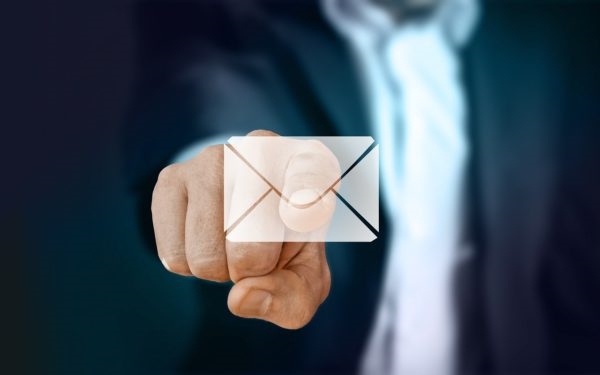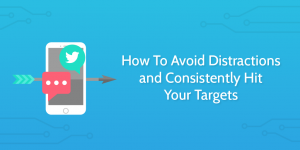— February 16, 2018

geralt / Pixabay
Email marketing has been an integral, and majorly successful, part of digital marketing for many years. The vitality of email marketing shows no signs of waning, with marketers claiming they’ll increase their spend on email marketing by 8.9% in 2018. However, while some brands manage highly effective email marketing campaigns, others make mistakes that lead to customers ignoring messages or even unsubscribing from their mailing lists. Here’s a rundown of the good, the bad, and the ugly in email marketing in 2018.
The Good
When it comes to email marketing at the start of 2018, there is plenty that brands are getting right. Many marketers have realized that highly visual emails are the key to capturing customers’ attention. Using a combination of brand and user-generated images, many of today’s most engaging brands are able to create emails that entice customers to click through for more information.
Email personalization is key to success in 2018. Consumers expect personalization today and a recent study by the Data & Marketing Association indicated that 70% of brand marketing investments are driven by the need to provide it. Brands use personalized abandoned cart campaigns to encourage customers to return to their online store and complete their purchase. Meanwhile, segmented product promotional emails draw customers attention to the products they are most likely to want to purchase.
Some people predict that 2018 will be the year of the email marketing video. Including a video in an initial marketing email can increase click-through rates by 96 percent. This is in line with trends that show a rapid increase in the consumption of online video throughout 2017.
Of course, some tried-and-trusted principles of email marketing remain the same in 2018 as in previous years. As always, catchy subject lines are the key to grabbing attention and convincing consumers to open marketing emails. Marketers today are writing shorter, snappier subject lines that display equally well on desktop and mobile devices.
The Bad
In spite of all the aspects of email marketing that brands are getting right in 2018, there are still some mistakes that crop up far too often. For example, some brands are still not personalizing their emails. This is an enormous missed opportunity, as 77 percent of email marketing ROI is generated by targeted, segmented and triggered campaigns. Businesses that rely solely on generic emails that they send out to their entire mailing list could be missing out on a lot of revenue.
Many brands also make the mistake of over-saturating their mailing lists with marketing messages. In 2018, this can lead to overwhelmed customers hitting the unsubscribe button, which means that brands lose their opportunity to connect with those individuals. HubSpot advises having a goal for every email and continuing to send only messages only to lists of users that have high open and engagement rates. By ensuring they target only people who want to hear from them, brands can avoid over-saturating their lists.
The Ugly
Unfortunately, even in 2018, some brands still use email marketing practices that are downright ugly. The biggest email marketing sin is sending out emails that are not relevant to their recipients. Batch and blasting mailing lists with irrelevant emails is sure to set people on the search for the unsubscribe link — or worse, the “mark as spam” label.
Another serious sin is sending out emails that are too long or too boring. In 2018, consumers expect company communications to be visually attractive and to contain a single clear message. Companies who can craft emails with strong subject lines, beautiful visual content and a clear call to action can reap the rewards of email marketing — even though in 2018, competition from other brands is strong.
Email marketing is just as vital as ever to the success of brands. In fact, 59 percent of B2B marketers say email is still their most effective marketing channel, while 80% of retailers say email marketing is their biggest driver of customer retention.
Digital & Social Articles on Business 2 Community
(20)





